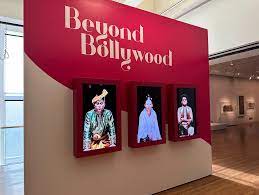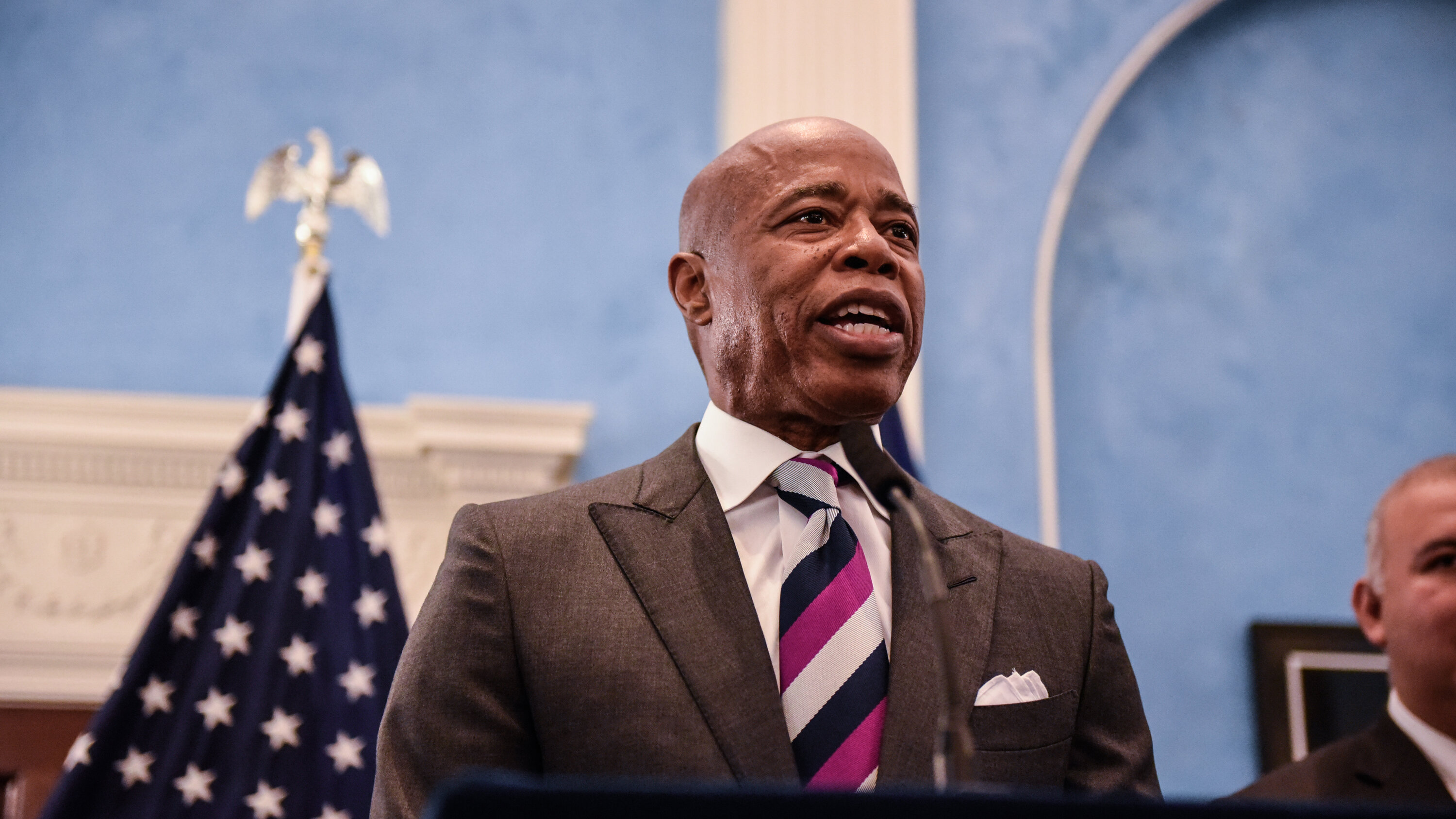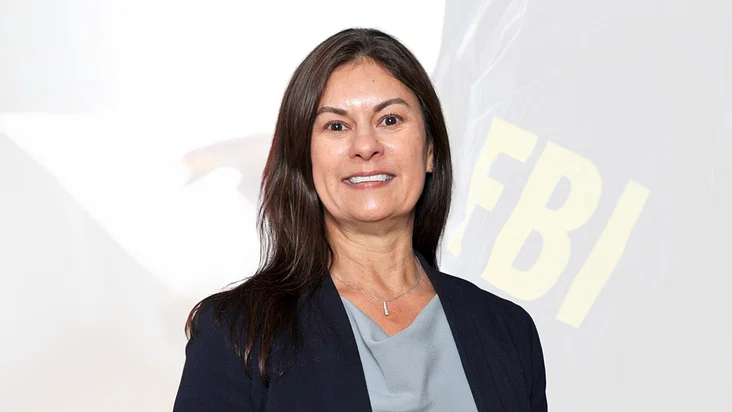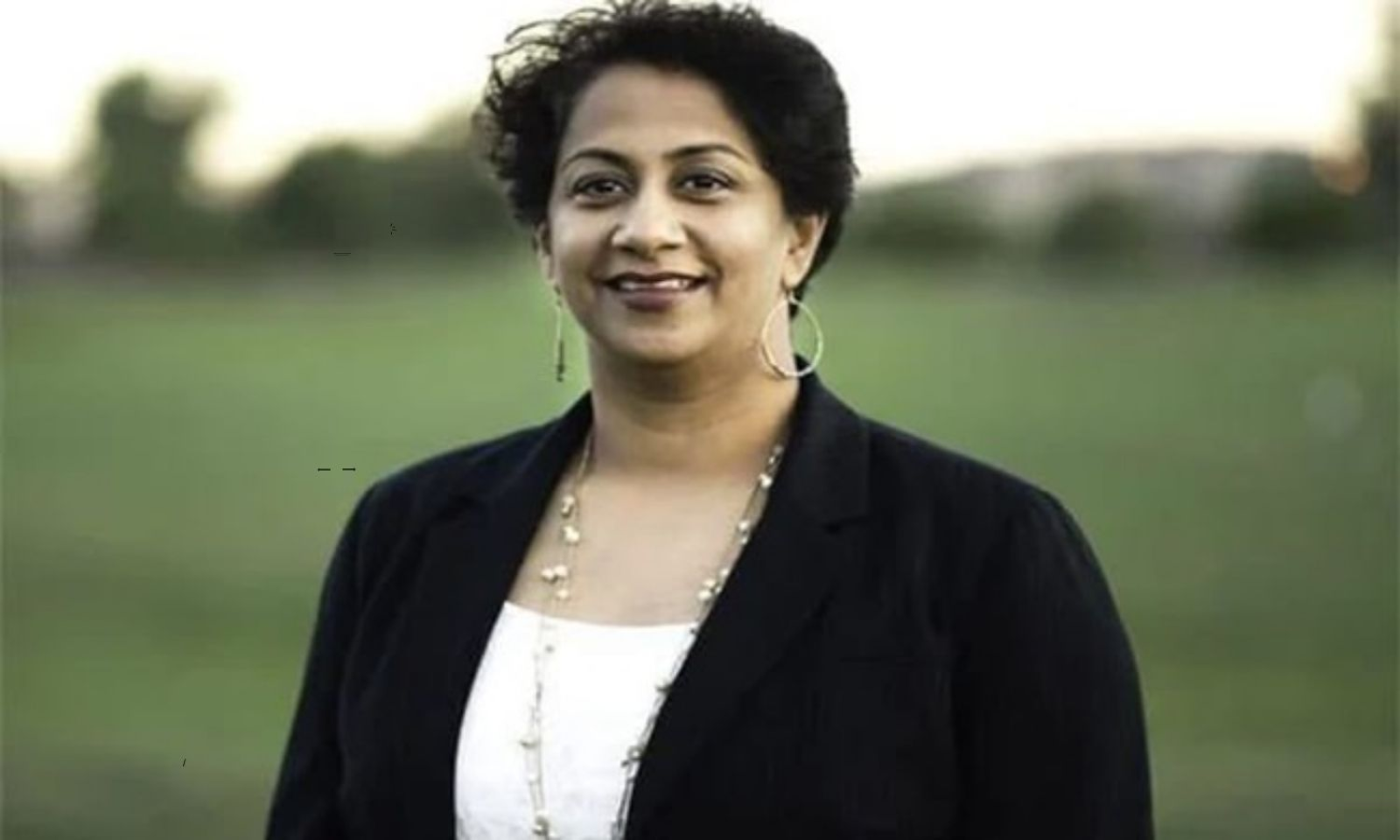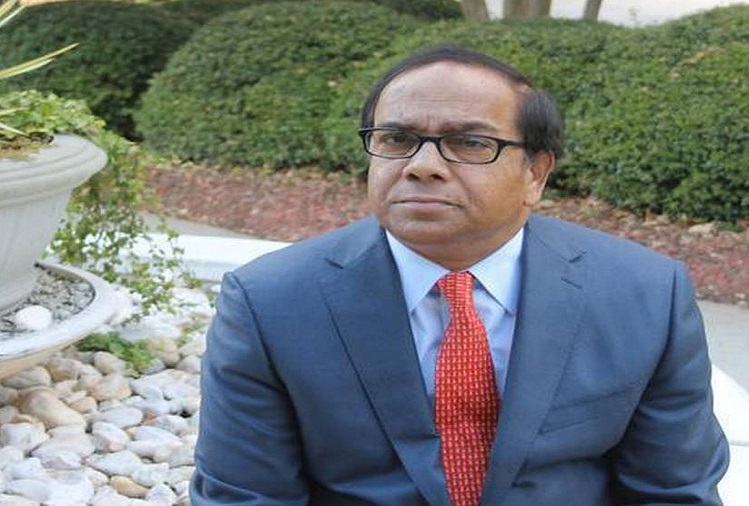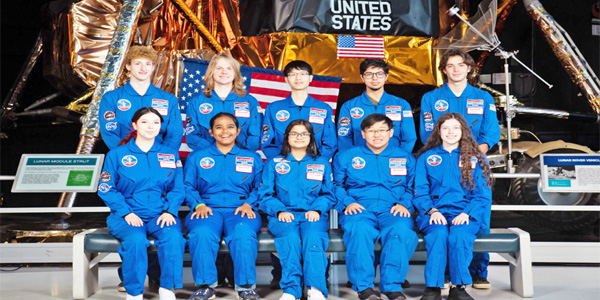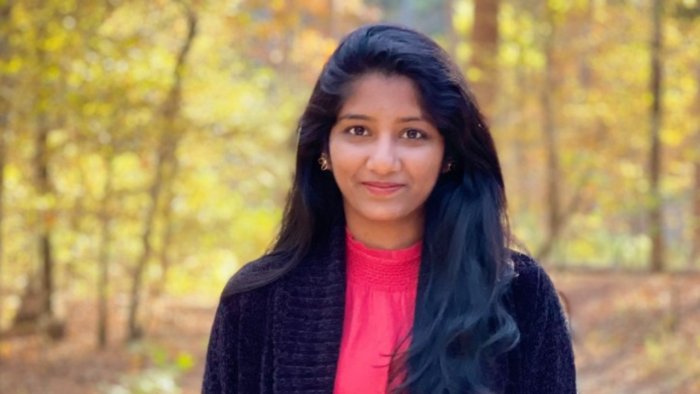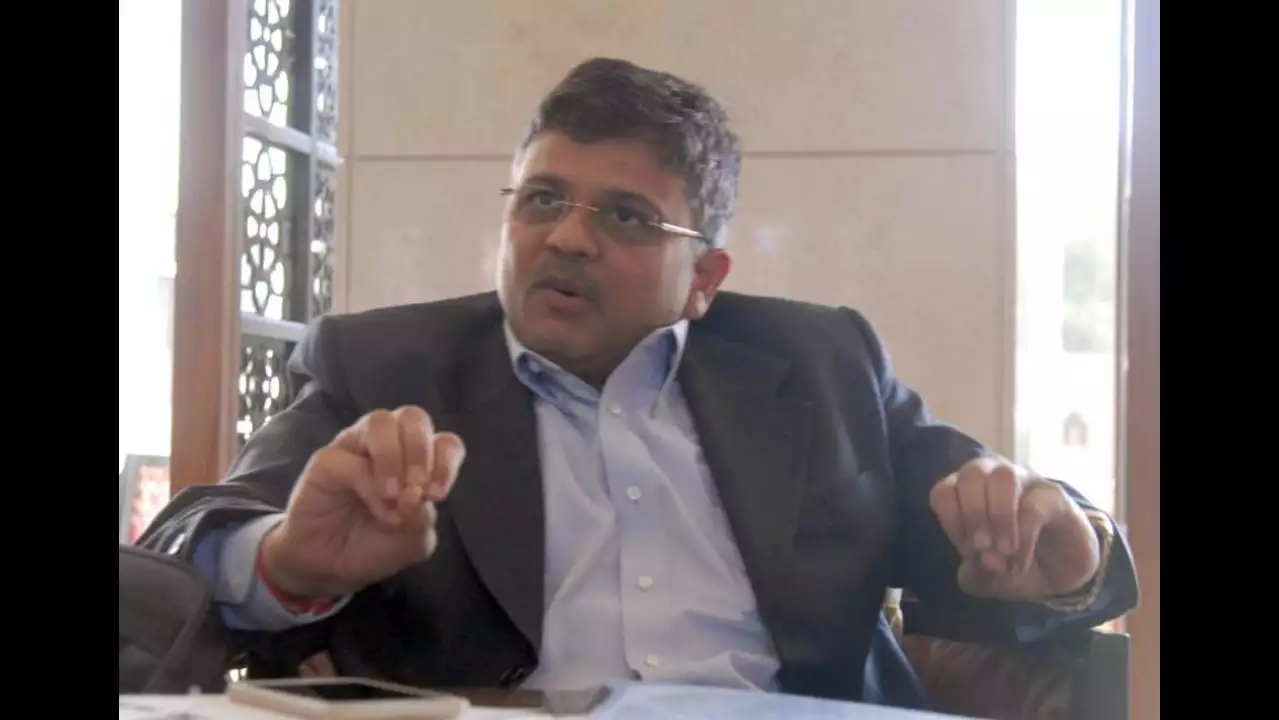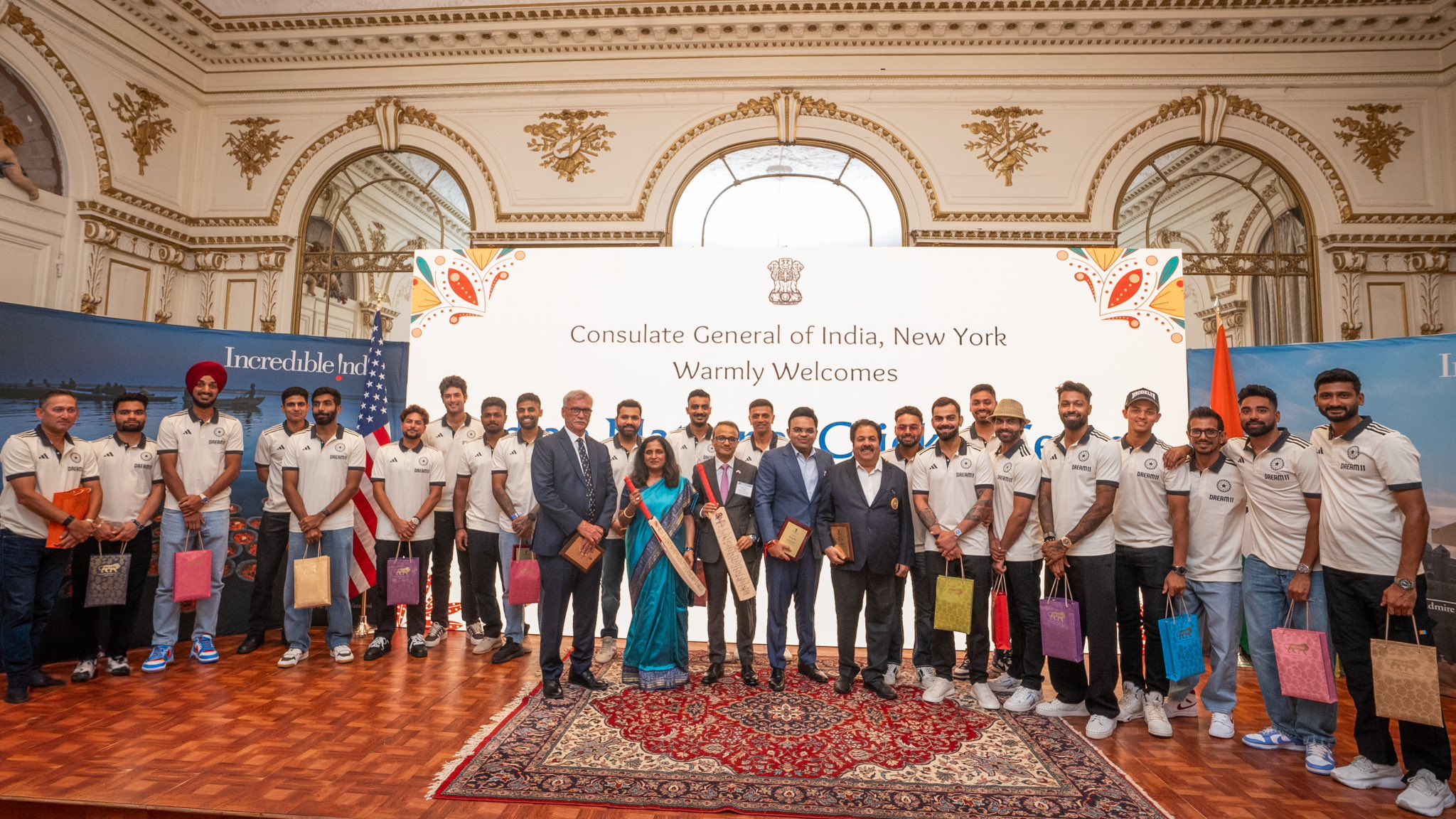The exhibition is touted as a journey for the mind, body and senses through two millennia of art inspired by dance from South and Southeast Asia and the Himalayas.
Our Bureau
San Francisco, CA
‘Beyond Bollywood: 2000 Years of Dance in Art’ is now on display at San Francisco’s Asian Art Museum. It explores the role and importance of dance in India and South Asia. The exhibition will be on display till July 20. “The world loves Bollywood films for their famously elaborate choreography, and we wanted our community to be able to appreciate the deep historical, spiritual—and even economic and political—roots of dance across South and Southeast Asia, as well as parts of the Himalayas,” Jay Xu, the Barbara Bass Bakar director and CEO of the Asian Art Museum said.
The Asian Art Museum of San Francisco – Chong-Moon Lee Center for Asian Art and Culture is a museum in San Francisco, California that specializes in Asian art. It was founded by Olympian Avery Brundage in the 1960s and has more than 18,000 works of art in its permanent collection, some as much as 6,000 years old.
The exhibition showcases dance and 120 works of art from 5 countries borrowed from 25 museums and private collections. The artworks include historical and modern sculpture, painting, textiles, jewellery, and photographs. The exhibition’s design takes full advantage of the theatrical and technical capabilities of the museum’s new Akiko Yamazaki and Jerry Yang Pavilion, incorporating experiential elements from subtle musical backdrops to gallery-spanning video installations.
Through live dance performances (taking place within the main pavilion itself) and other associated dance events and programs, viewers can experience the magic of dance in person. “There are few major world cultures in which gods dance and dance to convey matters of such divine seriousness. By arranging artworks across these five themes, we reveal how much dance, and the art that depicts it, enriches and connects this massive, diverse geography of peoples, places, and beliefs.”
















